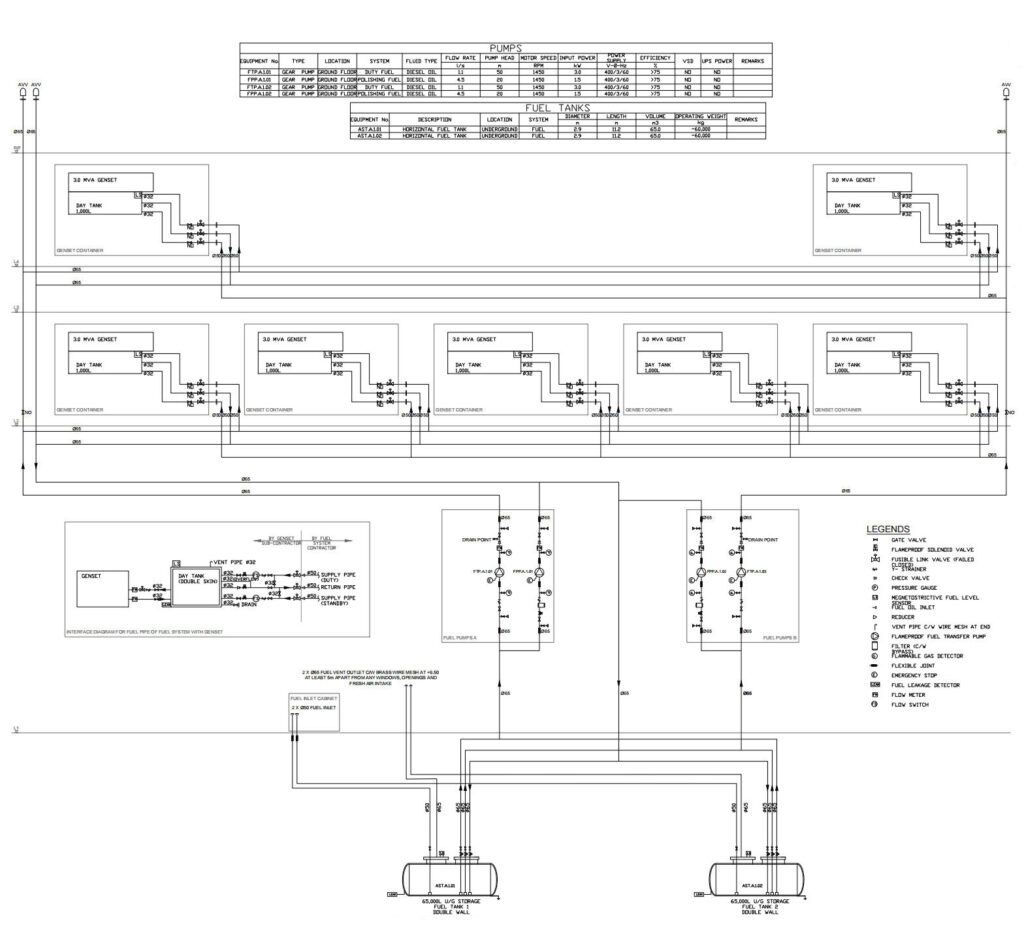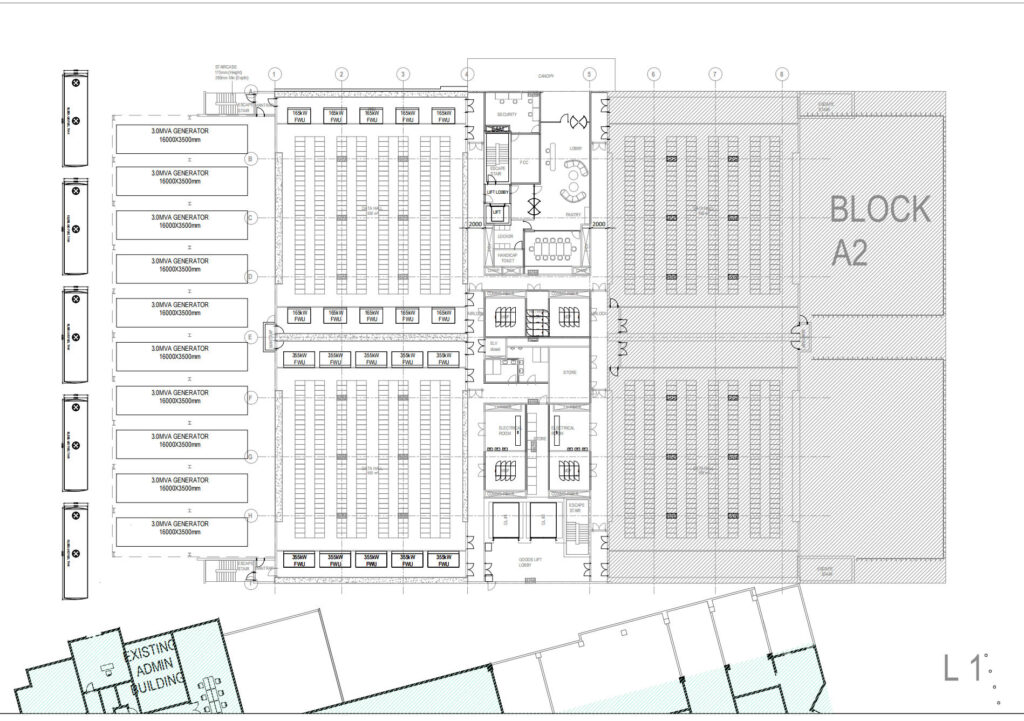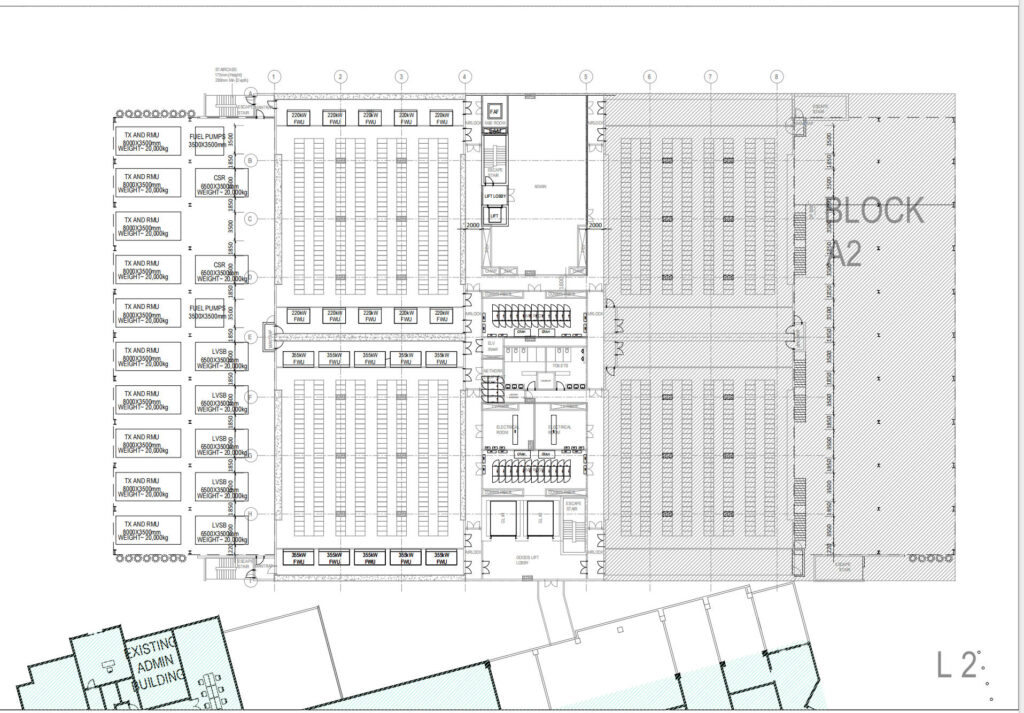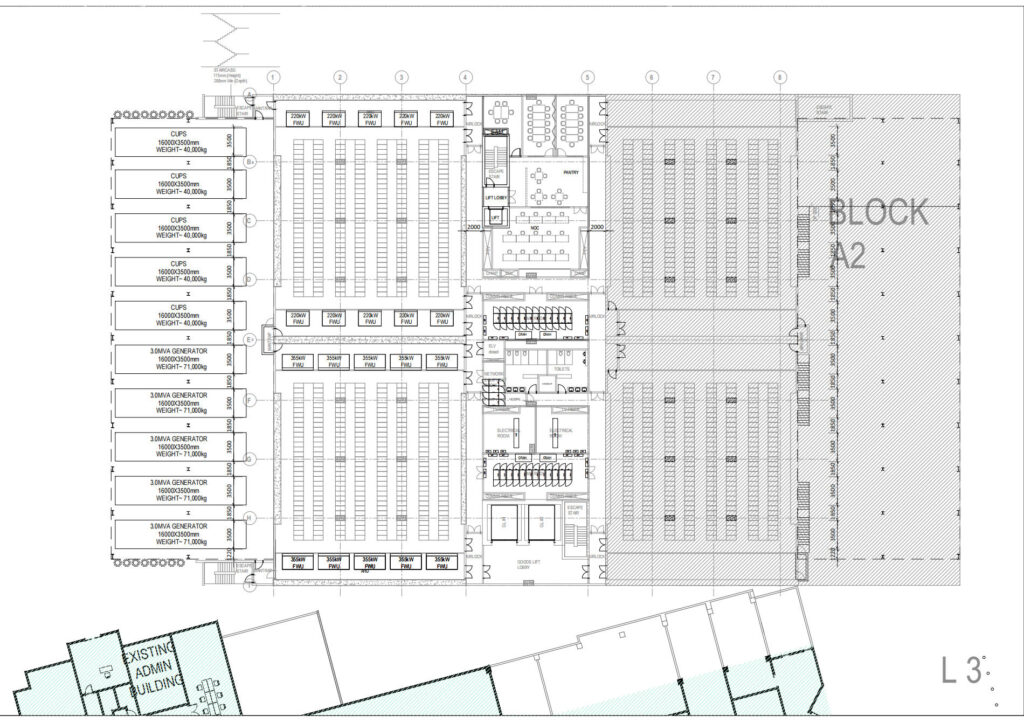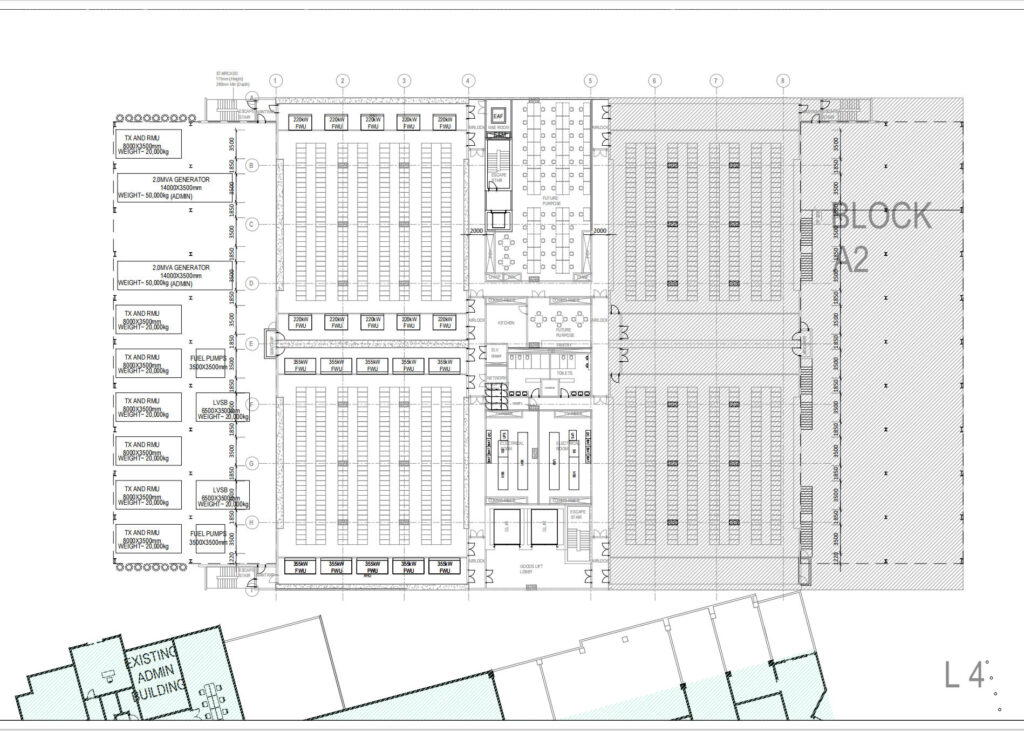A Practical Engineering Reference for EPC Contractors, Consultants, and Procurement Teams
Thermal shut-off valves play a critical role in diesel generator and fuel distribution systems used in data centers, industrial facilities, and mission-critical infrastructure. In recent years, some suppliers—particularly U.S.-based brands—have promoted full FM-certified valve assemblies as a mandatory requirement. This has led many EPC teams to question whether a Fusible Link Safety Valve (FSV) with UL/FM-certified fusible link and API607 fire-safe valve body is sufficient for compliance.
This guide clarifies the technical differences, applicable standards, and engineering requirements, allowing EPC engineers and procurement professionals to make decisions based on facts rather than marketing-driven interpretation.
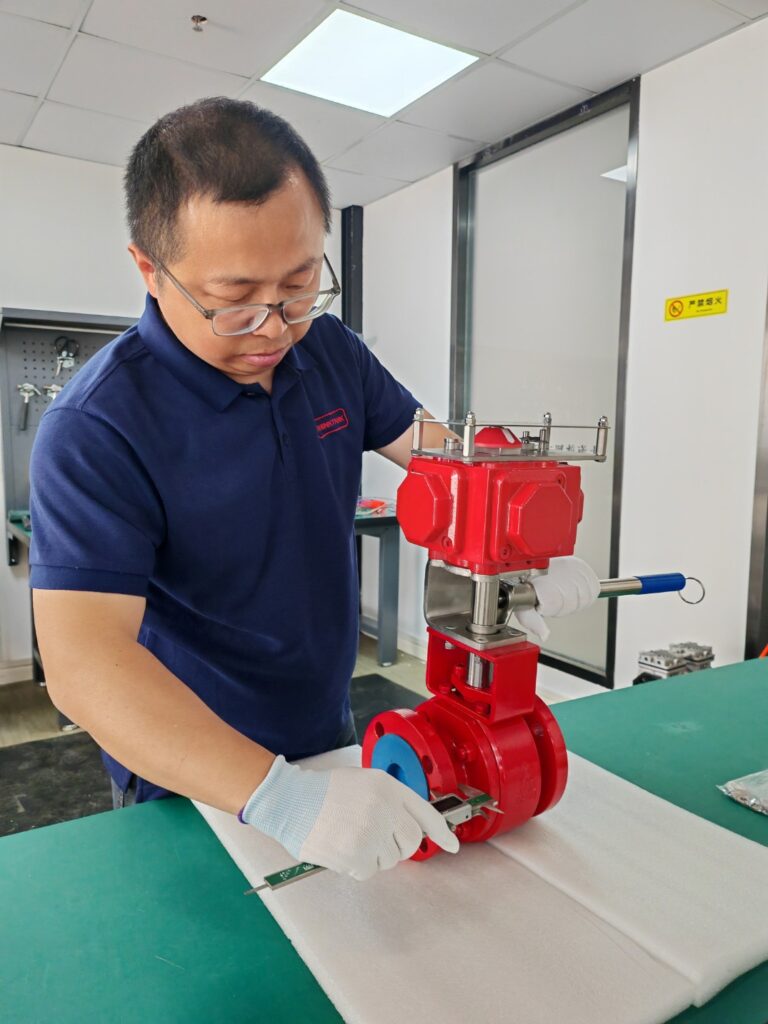
1. Overview: What Is the Actual Difference?
| Category | THINKTANK FSV Series (ATEX + PED + API607 + UL/FM Link) | Full FM Thermal Shut-Off Valve Assembly (U.S. Brands) |
|---|---|---|
| Compliance with actual global standards | ✔ Yes | ✔ Yes |
| Required by regulations? | ✔ FSV is required | ✖ Full FM valve is not required by NFPA / OSHA / API / GAPS |
| FM/UL certification scope | ✔ Fusible Link (trip mechanism) | ✔ Entire actuator assembly |
| Valve body fire-safety | API 607 certified | API 607 certified (part of package) |
| NFPA / OSHA / GAPS / API RP553 compliance | ✔ Fully compliant | ✔ Fully compliant |
| Delivery Time | 2–4 weeks | 10–14+ weeks |
| Pricing | Cost-efficient | 80–300% more expensive |
| Eligibility for EPC approval | ✔ Yes (with deviation justification) | ✔ Yes |
| Only option for project acceptance? | ✔ No | ✖ No (but often marketed as “must-have”) |
Key Point:
A full FM thermal shut-off valve is not required for compliance with diesel generator or fuel system safety standards.
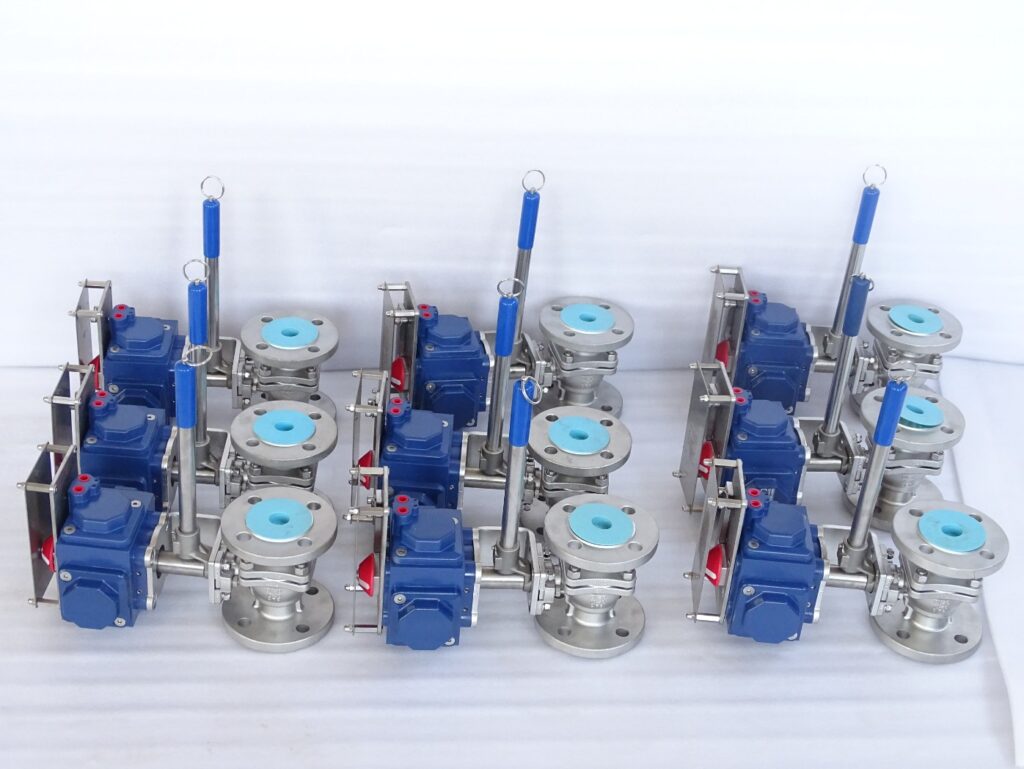
2. What International Standards Actually Require
Across NFPA, OSHA, API, and GAPS documents, the requirement is:
“Fuel supply must automatically shut off when exposed to fire or excessive temperature.”
This means EPCs must ensure:
- A thermal actuator that automatically closes the valve
- A fire-safe valve body tested under fire conditions
- No reliance on external power or controls
- UL/FM Certified fusible link mechanism
THINKTANK FSV series fusible link valves meets all mandatory requirements:
| Standard | Requirement | THINKTANK FSV Compliance |
|---|---|---|
| NFPA | Automatic thermal shutoff | ✔ UL/FM fusible link |
| OSHA 1926.152(i)(4)(iv)(C) | Thermal shut-off for indoor flammable liquid tanks | ✔ Yes |
| GAPS 8.1.0 / 8.0.1.3 | Emergency Block Valves | ✔ Thermal-actuated shutoff accepted |
| API 607 | Fire-safe valve body | ✔ Yes |
| API RP 553 | ESV/EBV requirements | ✔ Yes |
| ATEX / PED | Hazardous area + pressure safety | ✔ Yes |
❌ No international standard states:
“The entire valve assembly must carry FM certification.”
This statement is typically introduced by suppliers seeking to create a commercial advantage—not from actual engineering codes.
✔ FSV (thermal actuator + API607 valve) is fully compliant worldwide.

3. Structural Differences Explained
3.1 What is an FSV (Fusible Link Safety Valve)?
A standard, fully compliant FSV consists of:
- API607 fire-safe ball valve, butterfly valve, or check valve
- UL/FM-certified fusible link
- Spring-actuated shutoff mechanism
- ATEX and PED compliance
When temperature rises to the fusible link rating (165°F / 212°F / 280°F / 360°F), the link melts, releasing the spring and instantly closing the valve.
✔ This fully meets all regulatory requirements.
3.2 What is a Full FM Thermal Shut-Off Valve Assembly?
A full FM-certified valve includes:
- FM-approved actuator assembly
- UL/FM fusible link
- Integrated mechanism with API 607 valve body
It is a premium configuration, but…
❗ Its function is identical to FSV.
❗ It is not required by NFPA, GAPS, OSHA, or API.
❗ It is significantly more expensive and slower to deliver.

4. Engineering Realities EPCs Should Know
(1) FM 7440 applies to the thermal actuator—not the valve body
FM 7440 tests:
- Thermal actuator
- Trip mechanism
- Ability to close under fire exposure
It does not certify the valve body.
Valve bodies must comply with API 607, which THINKTANK fully satisfies.
(2) OSHA, GAPS, NFPA, and API do not require full FM assemblies
What they require is:
- Automatic thermal shutoff
- A fire-safe metal-seated valve body
Both are provided by THINKTANK FSV.
(3) UL/FM fusible links are the long-established industry standard
Used in:
- Oil & gas facilities
- Industrial diesel systems
- Petrochemical plants
- Data centers globally
FSV = historically accepted + cost-efficient + compliant.
(4) Many “FM-Valve-Only” specifications originate from distributor influence
In many cases:
- U.S. distributors pre-influence consultants
- Specifications are written to create closed bidding
- Competitors are eliminated by a single line:
“Valve assembly shall be FM approved.”
This is not a technical requirement—it is a commercial barrier.

5. Frequently Asked Questions (EPC / Procurement)
Q1: Will using FSV affect approval or inspection?
No.
FSV meets NFPA / OSHA / GAPS / API / ATEX / PED standards.
Q2: Is an FM valve assembly safer?
No measurable difference.
Safety depends on:
- thermal actuation ✓
- fire-safe valve body ✓
- correct installation points ✓
Both deliver identical fire-response performance.
Q3: Why do some consultants insist on FM assemblies?
Often due to:
- influence from U.S. distributors
- misunderstanding of FM 7440
- belief that “FM = mandatory,” which is incorrect
Q4: Can THINKTANK supply full FM assemblies if the project requires them?
Currently, we do not offer full FM-certified valve assemblies as a standard product.
While THINKTANK has the technical capability to develop an FM-approved assembly, obtaining full FM certification requires:
- A certification cost of approximately USD 150,000
- A qualification cycle of 6–12 months
- Extensive fire-testing and factory audits for the complete valve-actuator assembly
Because of the long certification timeline, pursuing a new FM approval could delay the client’s project schedule.
Therefore, if a project strictly mandates a full FM-certified assembly, we recommend the client purchase from an existing FM-approved supplier to avoid schedule impact.
For all other projects following NFPA, OSHA, GAPS, API, ATEX, and PED requirements, the THINKTANK FSV (API 607 + UL/FM fusible link) remains a fully compliant and widely accepted solution.
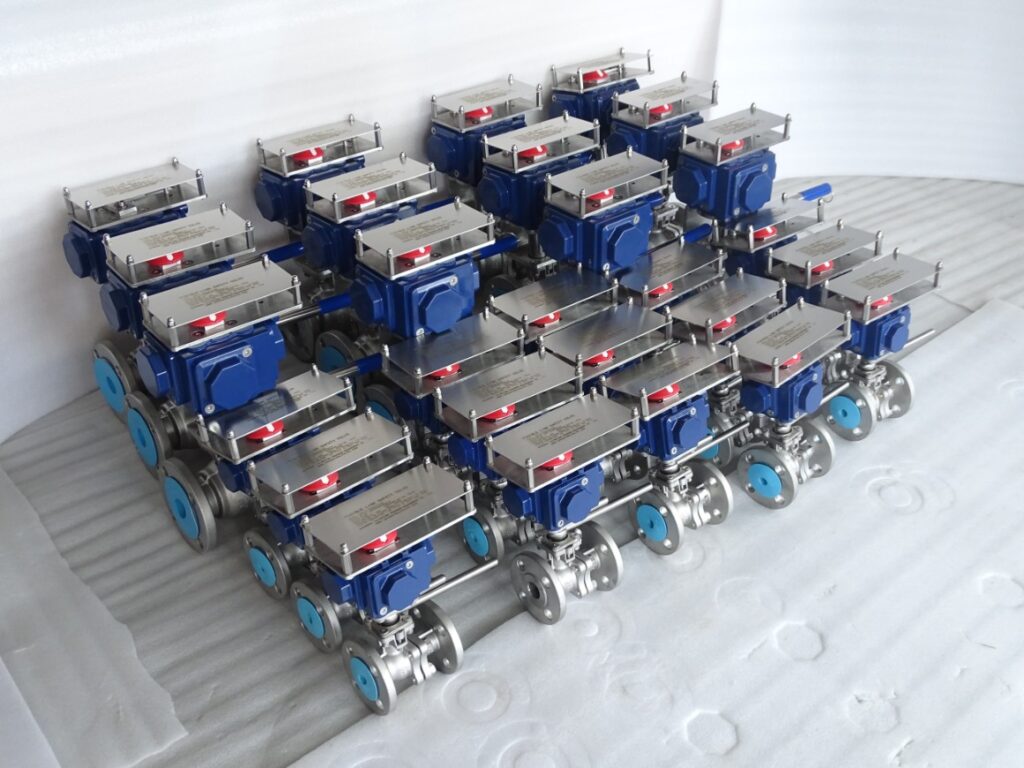
6. Cost, Delivery, and Risk Comparison
| Factor | THINKTANK FSV | Full FM Valve |
|---|---|---|
| Lead Time | 2–4 weeks | 10–14+ weeks |
| Cost | Low–moderate | High (80–300% increase) |
| Inventory Flexibility | High | Low |
| Spare Parts | Readily available | Expensive |
| Schedule Risk | Low | High |
| Suitable for Multi-Site Deployments | ✔ Yes | ✖ Cost-prohibitive |
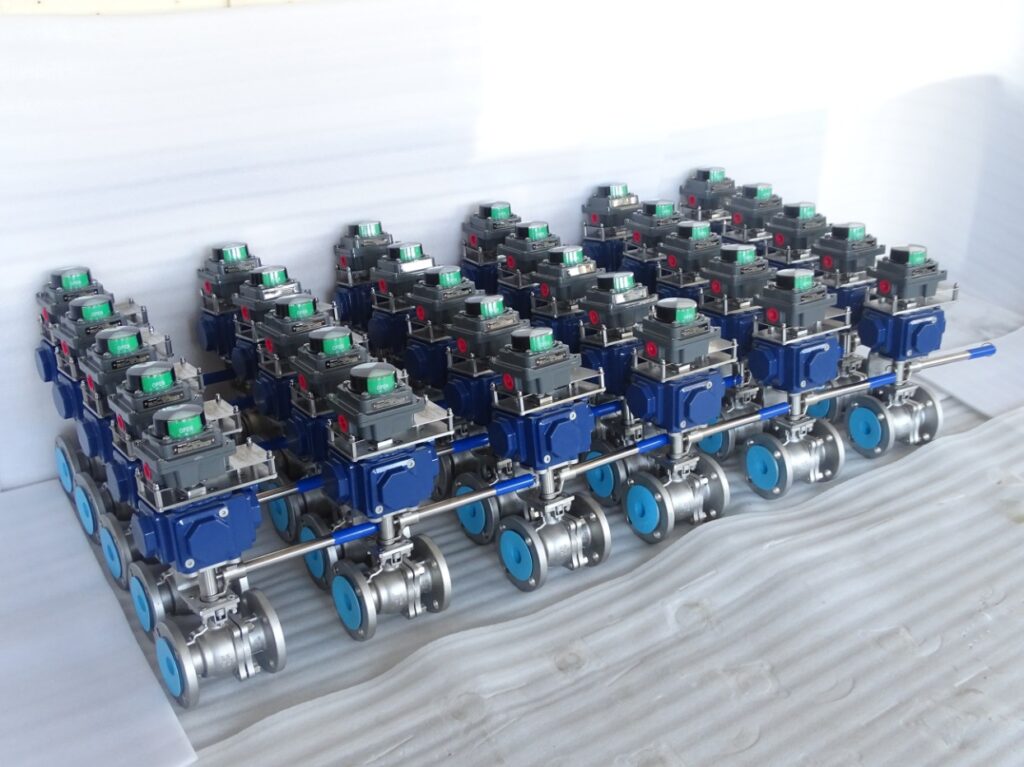
7. Engineering Conclusion
From a regulatory, technical, and safety perspective, an FSV (API607 fire-safe valve body + UL/FM fusible link) fully meets all global requirements for thermal shut-off valves.
A full FM-certified assembly is a commercial premium option, not a regulatory requirement.
THINKTANK FSV Series provides:
- Full compliance (ATEX / PED / API607 / UL/FM fusible link)
- Faster delivery (2–4 weeks)
- Lower cost
- Proven performance across global data centers and industrial sites
Above advantages are making our fusible link valves become the optimal solution for EPC contractors and system integrators.

